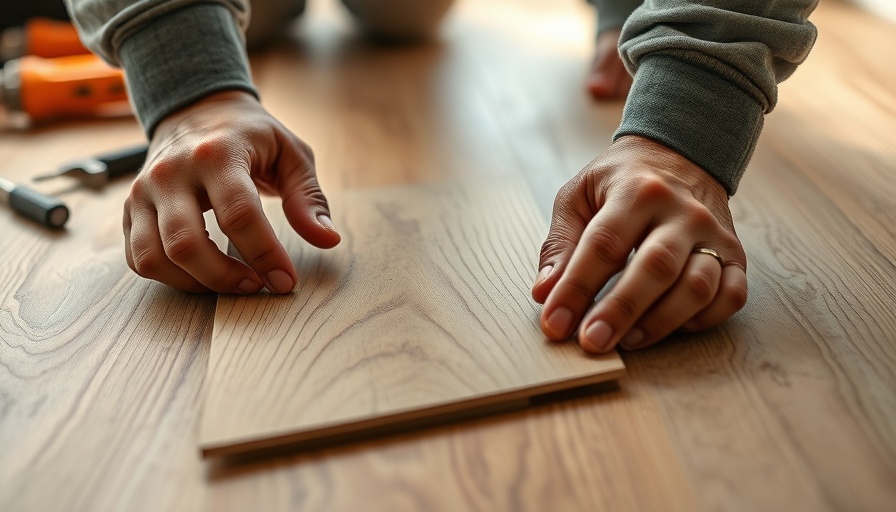
Phone Cases: An Essential Investment in 2025
As homeowners and DIY enthusiasts, we often focus on improving our living spaces and investing in tools that enhance our homes. However, when it comes to our smartphones, which we rely on for everything from communication to project planning, we may overlook the importance of protecting these devices. With phone prices steadily rising and technology evolving, the question remains: Are phone cases still worth it in 2025?
Why Experts Agree: Protect Your Investment
Industry experts, including tech professionals, unanimously advocate for using phone cases. Tom Payne, a seasoned tech journalist, and Sam Devia, a repair guru, echo the concern that even with advancements in phone materials, without proper protection, a single slip can lead to costly repairs. As Payne puts it, “Your phone is only one bad drop away from an expensive regret.” In an era where phones can cost upwards of a thousand dollars, adding a protective case is a small price to pay to safeguard your investment.
The ins and outs of Phone Protection
Today's smartphones feature advanced materials, such as Gorilla Glass and Ceramic Shield, designed to withstand everyday wear and tear. However, these advancements don’t negate the risks associated with drops and impacts. Phone cases are crafted from materials like silicone and hard plastics that dissipate energy upon impact, significantly reducing the risk of damage. For homeowners who often engage in hands-on projects, investing in a sturdy case becomes all the more critical.
Understanding Phone Material Evolution
The evolution of phone materials underscores the need for protective measures. Early cell phones, like the Motorola DynaTac, set the stage with their bulky polycarbonate bodies. Fast-forward to today's lightweight aluminum and glass designs—while these materials are more advanced, they still leave phones vulnerable to fractures during falls. Recognizing this history helps us appreciate the critical role that cases play in extending the life of a device.
Screen Protection Is a Must-Have
A common misconception is that phone cases alone provide adequate screen protection. However, most cases only safeguard the back and sides, leaving screens exposed to a significant threat. Experts recommend pairing cases with screen protectors to offer the best defense against scratches and cracks—especially for users who frequently handle their phones during home improvement tasks.
Cost-Benefit Analysis: Skimping vs. Investing
When considering whether to purchase a phone case, it’s essential to conduct a cost-benefit analysis. A high-quality case can range from $20 to $100, a relatively small investment compared to the expense of repairing a cracked screen or replacing a damaged phone entirely, which can run hundreds of dollars. By protecting your device, you not only save money long term, but you also ensure continued access to essential apps that facilitate your home projects.
Tips for Choosing the Right Case
When shopping for a phone case, look for options that fit your lifestyle. Here are a few tips:
- Durability: Choose a case made from impact-resistant materials.
- Fit: Ensure the case is designed for your specific phone model for optimal protection.
- Functionality: Look for cases that allow wireless charging and have features like kickstands or cardholders if you need added functionality.
- Reviews: Before making a purchase, check user reviews and expert recommendations to find the most effective options.
Time for a Smart Choice
As we navigate through 2025, the importance of safeguarding our smartphones cannot be overstated—especially for homeowners who leverage technology as a tool for their projects. Now is the time to make an informed choice about phone protection.
Protecting your phone is akin to investing in home insurance; it’s a proactive step that saves you from future headaches. By understanding the risks and preventive measures, you’ll find that a little extra spending on a reliable phone case goes a long way in ensuring your device stays safe while you focus on making home improvements.
Don't wait until it’s too late; secure both your smartphone and your peace of mind now!
 Add Row
Add Row  Add
Add 




Write A Comment